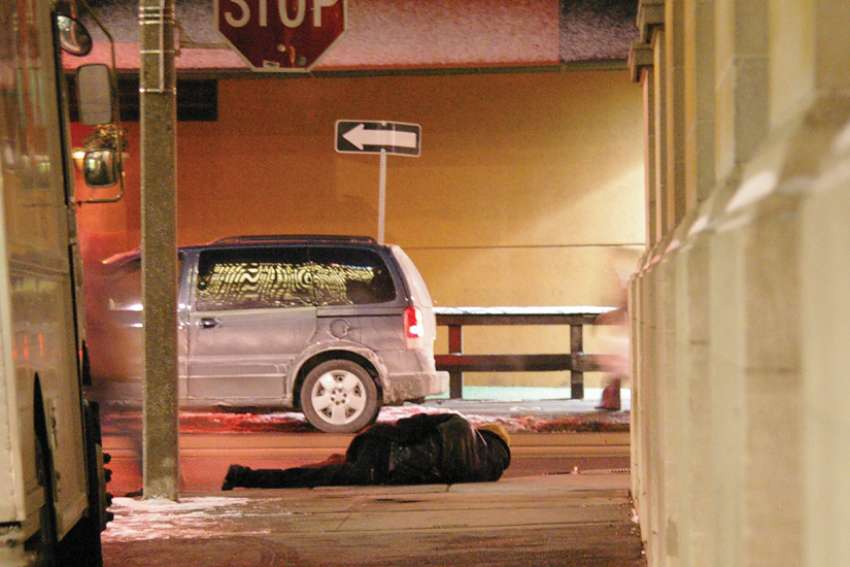“To be honest, I would say this is a very good start, a good investment, but not enough,” said Good Shepherd assistant executive director Aklilu Wendaferew. “Not enough because there is a huge number of people who are in our shelters, who are homeless, who are still unable to afford renting an apartment because of their income.”
To put the 233 new homes into perspective, Wendaferew points out that The Good Shepherd on its own managed to re-house 220 people in 2018. But only 28 per cent of the folks this small Catholic agency moved out of the shelter and into a room of their own actually received help with the rent. As the housing crisis has deepened under the pressures of COVID, the percentage that found their way into subsidized housing has remained in the 25-per-cent range.
“A huge number of them, of people we have housed, are not housed with any support,” said Wendaferew. “Which would expose them to lose their housing sooner or later, or to depend on meal programs like The Good Shepherd, soup kitchens, those kinds of things.”
Money for the 233 units comes from the federal government’s Rapid Housing Initiative, which began with a $1 billion nationwide pledge last year, with another $1.5 billion added on this year.
As federal dollars have begun to flow, the City of Toronto’s 2018 plan to create 4,500 new subsidized units — a plan the city dubbed Housing Now — remains unfulfilled. Relying on subsidized units inside privately developed new buildings, none of these units have made it all the way through the planning process.
Meanwhile the waitlist to get into Toronto Community Housing remains stubbornly above 78,000. Between April and June another 3,417 households applied to TCH for subsidized housing. In the same period the city matched just 431 families or individuals with a subsidized apartment.
The Good Shepherd wants to help. Its board has set aside $900,000 to back up two proposals that would create new, supportive and subsidized housing. For 15 years The Good Shepherd has been going back and forth to the city and the province looking for funding to back up a new home for its drug and alcohol rehabilitation program called DARE. A new 40- to 60-bed stand-alone building for DARE would free up 25 beds at The Good Shepherd’s main location.
In 1999 The Good Shepherd opened St. Joseph’s Residence as a kind of proof of concept for a communal, supportive housing model for formerly homeless seniors. The pilot is still running very successfully for eight seniors. With a new location and government funding they could do much more for a population that is rapidly expanding, Wendaferew said.
Wendaferew doesn’t understand why The Good Shepherd can’t get a yes or a no from either the province or the city.
“We haven’t been given the opportunity to really participate in the housing. We’re hoping that the city and the province will take us up on this offer and give us the opportunity to really be part of the solution,” Wendaferew said.


